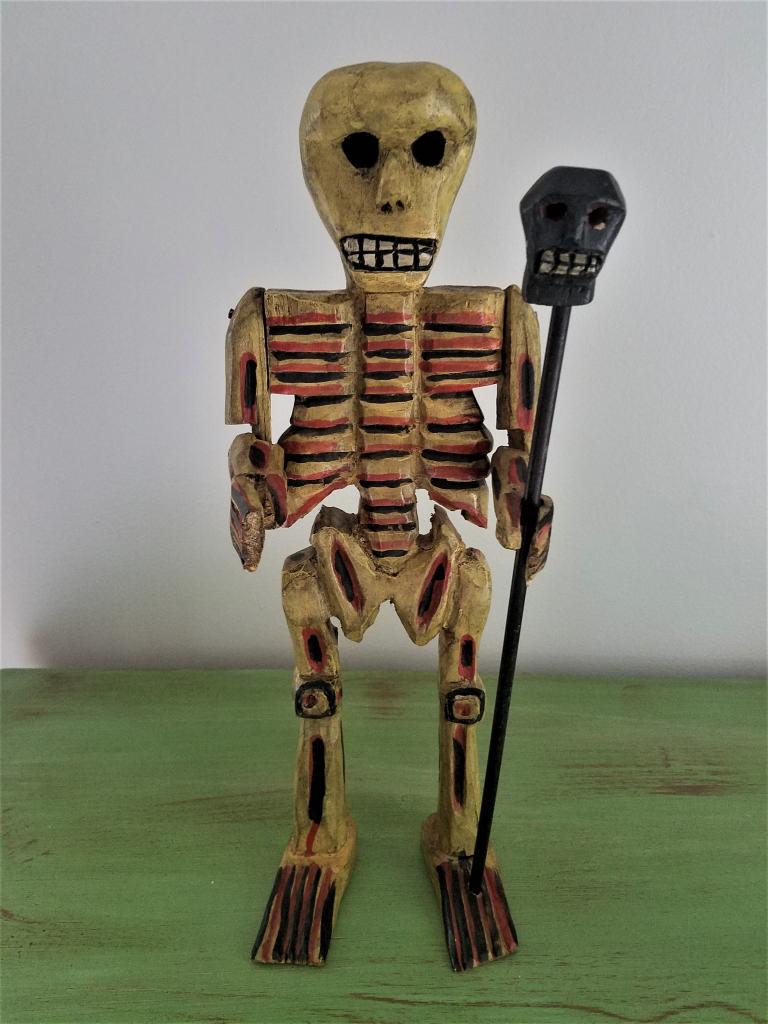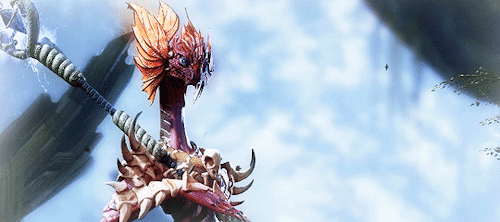
HZE but not protons or gamma (<2Gy) cause defects in osteoblastogenesis from bone marrow derived stem cells and progenitors. Whereas the radiation-induced deficits in skeletal microarchitecture diminish over a period of 6-7 months due to age-related bone loss in control animals, dysfunction in cell populations persists. We find that simulated weightlessness causes decrements in both slow-turnover cortical bone tissue and high turnover cancellous tissue, whereas ionization radiation (0.5-2Gy) causes decrements only in cancellous tissue. If such results translate to the human condition, then long-term dysfunction of the vascular endothelium induced by HZE particles could be a major contributor to the development of atherosclerotic cardiovascular disease in astronauts, as well as contribute to the long-term bone loss. However, the only sustained vascular endothelial cell dysfunction is that mediated by exposure to High-Z-High Energy ions (HZE) and not by simulated weightlessness.
DOCS2 SKELETON SERIES
Using mice to simulate weightlessness and space-relevant radiation, results from the series of studies supported by this grant demonstrate that both of these environmental conditions interact to induce early impairment of endothelium-dependent vasodilation and cancellous bone loss. Thus, considerable scientific advances and leverage were realized as a consequence of this NSBRI award. Further, results obtained in the course of executing this grant's research contributed key preliminary results to two new grants that were awarded recently by NASA. In the course of this project, two NASA postdoctoral fellowships (funded by the Space Biology program, 3-yr in duration) were awarded to perform work related to this grant.


Three additional primary research papers acknowledging this grant's support are still in preparation (all experimental work complete), and a review article is also being prepared that integrates both our new findings over the life of this project and the contributions of others to this field of research. A new manuscript is now in review at a journal (Radiation Research). Two of the published papers garnered considerable public interest and exposure in the popular press, while one was the subject of both a commentary and a recent article in JAMA. Our NSBRI-supported research project can be considered quite productive-seven peer-reviewed primary papers have been published to date, one published review article, and numerous talks and posters were presented at national and international scientific conferences. The overall objectives of our National Space Biomedical Research Institute (NSBRI)-supported research project were to define mechanisms and risks of bone loss in space, to explore the relationship between microvessel function and bone loss due to weightlessness and radiation exposure, and to help develop effective ways to prevent bone loss.

To date, little is known about the combined effects of weightlessness and space radiation on the musculoskeletal system, the cardiovascular system, and how these two systems interact in maintaining bone health.
DOCS2 SKELETON FREE
Oxidative stress results from an imbalance between production of free radicals and the ability of cells to counteract their harmful effects at the molecular level. NOTE: End date changed to, per NSBRI (Ed., 8/26/15)Īstronauts may develop bone loss in space as a result of environmental challenges such as exposure to weightlessness and ionizing radiation. (1) Osteo04:We do not know the contribution of each risk factor on bone loss and recovery of bone strength, and which factors are the best targets for countermeasure application (IRP Rev E) (1) Osteo:Risk Of Early Onset Osteoporosis Due To Spaceflight (No longer used, July 2020) Solicitation / Funding Source: 2010 Crew Health NNJ10ZSA003N Grant/Contract No.: NCC 9-58-MA02501 Project Type: GROUND Flight Program: TechPort: No

Responsible Center: NSBRI Grant Monitor: Center Contact: Unique ID: 8565


 0 kommentar(er)
0 kommentar(er)
